Home>Furniture & Design>Interior Design Trends>Why Does Glass Shatter
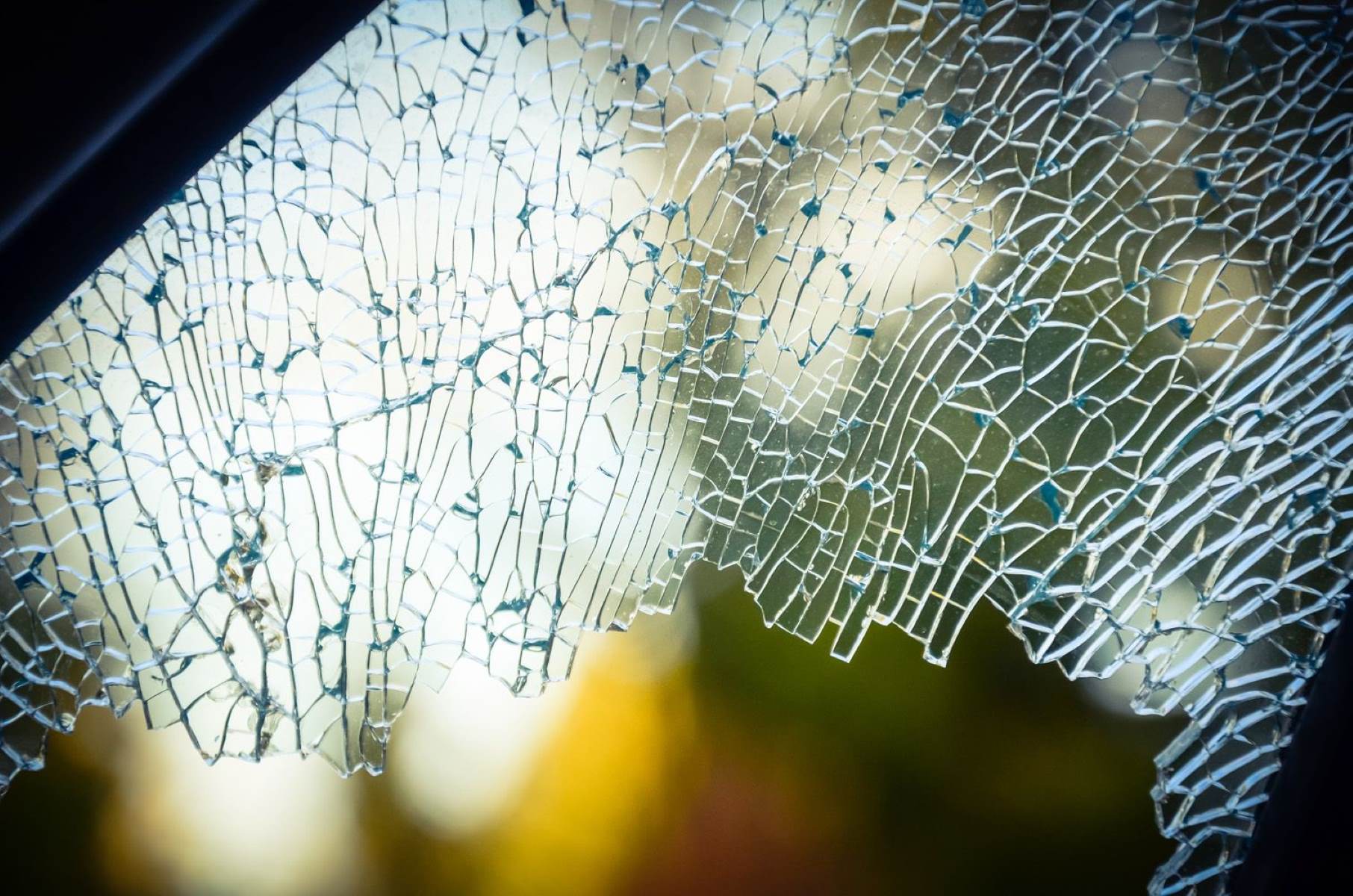

Interior Design Trends
Why Does Glass Shatter
Published: February 6, 2024
Discover the reasons behind glass shattering and stay updated on the latest interior design trends. Explore expert insights and tips to enhance your living space.
(Many of the links in this article redirect to a specific reviewed product. Your purchase of these products through affiliate links helps to generate commission for Storables.com, at no extra cost. Learn more)
Introduction
Glass is a ubiquitous material that we encounter in our daily lives, from the windows in our homes to the screens of our smartphones. Its transparent and versatile nature makes it an essential component of modern architecture and design. However, despite its widespread use, glass is also known for its fragility and propensity to shatter under certain conditions. Understanding the reasons behind glass shattering can provide valuable insights into the properties of this material and how it behaves under different circumstances.
In this article, we will delve into the intricate world of glass and explore the factors that contribute to its propensity to shatter. By examining the structure of glass, the impact and stress it experiences, as well as the influence of flaws, defects, and temperature changes, we aim to unravel the mysteries behind this phenomenon. Whether you are a design enthusiast, a curious mind, or someone seeking to gain a deeper understanding of the materials that shape our surroundings, this exploration into the causes of glass shattering promises to shed light on an often overlooked aspect of our daily environment.
As we embark on this journey, we will unravel the science behind the fragility of glass and uncover the intricate interplay of forces that can lead to its sudden and dramatic breakage. By the end of this exploration, you will gain a newfound appreciation for the delicate yet resilient nature of glass, as well as a deeper understanding of the factors that influence its structural integrity. Join us as we unravel the mysteries of glass shattering and gain a fresh perspective on this essential yet enigmatic material.
Key Takeaways:
- Glass shatters due to impact, flaws, and temperature changes. Understanding these factors helps make glass structures safer and more durable.
- Glass is fragile due to its amorphous structure and susceptibility to stress. By addressing impact, flaws, and temperature, we can enhance its resilience.
Read more: Why Did My Glass Oven Door Shattered
The Structure of Glass
Glass, despite its appearance of solidity, is a unique and complex material with a fascinating internal structure. At its core, glass is an amorphous solid, lacking the crystalline structure found in most solids. This distinctive feature gives glass its transparent and non-crystalline nature, setting it apart from other materials. The molecular arrangement of glass is characterized by a random and disordered network of atoms, which contributes to its unique properties.
The fundamental building blocks of glass are silicon dioxide molecules, which form a network of interconnected tetrahedra. This network structure lacks a regular repeating pattern, unlike crystalline solids, resulting in the absence of long-range order. As a result, glass exhibits a lack of definite melting point and transitions from a solid to a supercooled liquid state when heated, further highlighting its distinct nature.
The absence of a crystalline structure in glass leads to its isotropic properties, meaning that it has uniform properties in all directions. This isotropic nature allows glass to transmit light evenly, making it an ideal material for windows, lenses, and optical devices. Furthermore, the amorphous structure of glass contributes to its malleability at high temperatures, enabling it to be shaped and molded into various forms during the glassblowing and manufacturing processes.
The internal structure of glass also influences its mechanical properties, including its hardness, brittleness, and resistance to deformation. While glass is renowned for its hardness and scratch resistance, it is also inherently brittle due to the lack of a crystalline lattice that can absorb and dissipate energy. This brittleness makes glass susceptible to sudden and catastrophic failure under certain conditions, leading to its characteristic shattering behavior.
In summary, the structure of glass is defined by its non-crystalline, amorphous nature, characterized by a random arrangement of silicon dioxide molecules. This unique molecular arrangement gives glass its transparency, isotropic properties, and distinctive mechanical behavior. By understanding the internal structure of glass, we can gain valuable insights into its properties and behavior, laying the foundation for comprehending the factors that contribute to its propensity to shatter.
Causes of Glass Shattering
Glass shattering can be attributed to a variety of factors, each exerting unique influences on the structural integrity of this material. Understanding these causes is crucial in comprehending the circumstances that lead to the sudden and dramatic breakage of glass.
Impact and Stress
One of the primary causes of glass shattering is the application of force, whether through direct impact or external stress. When glass experiences a sudden and significant force, such as a strong impact or pressure, it can exceed its inherent strength and fracture. This phenomenon is particularly evident in scenarios where glass is struck by a sharp object, subjected to a powerful blast, or exposed to extreme pressure differentials. The concentrated force applied to the glass overwhelms its ability to distribute and absorb the energy, leading to rapid and extensive fracturing.
Flaws and Defects
The presence of flaws and defects within the glass structure can significantly contribute to its susceptibility to shattering. These imperfections, which may include microcracks, inclusions, or irregularities in the molecular arrangement, serve as points of weakness where stress and strain can concentrate. When subjected to external forces or temperature variations, these flaws can propagate, causing the glass to fail catastrophically. Additionally, manufacturing defects or inadequate annealing processes can introduce residual stresses within the glass, further compromising its structural stability and increasing the likelihood of shattering.
Read more: How To Clean Up Shattered Glass
Temperature Changes
Glass is highly sensitive to temperature fluctuations, and abrupt changes in temperature can induce thermal stress, leading to shattering. When exposed to rapid temperature differentials, such as uneven heating or cooling, glass experiences uneven expansion or contraction across its surface. This thermal gradient creates internal stresses within the material, placing it under immense strain. If the stress exceeds the glass's capacity to withstand it, the material can succumb to fracture, resulting in shattering. This phenomenon is commonly observed in situations where hot glass comes into contact with cold water or when intense sunlight heats one area of a glass surface while the rest remains cool.
By examining these causes of glass shattering, we gain valuable insights into the intricate interplay of forces and conditions that can lead to the sudden and dramatic breakage of this material. The complex interaction of impact, stress, flaws, defects, and temperature changes underscores the delicate balance that governs the structural integrity of glass, shedding light on its vulnerability to shattering under specific circumstances.
Impact and Stress
One of the primary causes of glass shattering is the application of force, whether through direct impact or external stress. When glass experiences a sudden and significant force, such as a strong impact or pressure, it can exceed its inherent strength and fracture. This phenomenon is particularly evident in scenarios where glass is struck by a sharp object, subjected to a powerful blast, or exposed to extreme pressure differentials. The concentrated force applied to the glass overwhelms its ability to distribute and absorb the energy, leading to rapid and extensive fracturing.
The impact on glass can occur in various settings, ranging from everyday accidents to high-velocity collisions. For instance, a glass window may shatter when struck by a heavy object, such as a rock or a baseball, due to the concentrated force exerted at the point of impact. Similarly, in industrial or military environments, the detonation of explosives or the shockwaves from high-pressure systems can subject glass structures to intense impact forces, resulting in their fragmentation.
Moreover, external stress, such as bending or twisting, can also contribute to the shattering of glass. When glass is subjected to uneven pressure or flexed beyond its limits, it can experience structural failure, leading to cracks and ultimately shattering. This phenomenon is observed in architectural applications, where glass panels or facades may succumb to the wind's force or structural movements, causing them to shatter under the accumulated stress.
The susceptibility of glass to shattering under impact and stress underscores the critical importance of considering its structural limitations in various applications. By recognizing the potential consequences of force and pressure on glass, designers, engineers, and manufacturers can implement measures to enhance its resilience and mitigate the risk of shattering. Whether through the use of tempered or laminated glass, strategic reinforcement, or improved installation techniques, addressing the impact and stress factors can contribute to the creation of safer and more durable glass structures.
In essence, the impact and stress exerted on glass play a pivotal role in its propensity to shatter, highlighting the need for proactive measures to manage these forces effectively. By acknowledging the influence of impact and stress on glass behavior, we can strive to optimize its performance and durability, ensuring that it continues to serve as a versatile and reliable material in diverse applications.
Flaws and Defects
The presence of flaws and defects within the glass structure can significantly contribute to its susceptibility to shattering. These imperfections, which may include microcracks, inclusions, or irregularities in the molecular arrangement, serve as points of weakness where stress and strain can concentrate. When subjected to external forces or temperature variations, these flaws can propagate, causing the glass to fail catastrophically. Additionally, manufacturing defects or inadequate annealing processes can introduce residual stresses within the glass, further compromising its structural stability and increasing the likelihood of shattering.
Microscopic imperfections, such as tiny cracks or irregularities in the molecular structure, can act as stress concentrators within the glass, making it more prone to shattering under external pressures. These flaws may originate during the manufacturing process, handling, or installation of the glass, and their presence can significantly diminish the material's ability to withstand mechanical and thermal stresses. Furthermore, the introduction of impurities or foreign particles during the glass production process can create localized weak points, further exacerbating the susceptibility of the material to shattering.
Inadequate annealing, a process of controlled cooling to relieve internal stresses, can result in residual stresses within the glass, rendering it more vulnerable to shattering. When glass is cooled too rapidly or unevenly during manufacturing, internal stresses can become locked within the material, compromising its overall strength and stability. These residual stresses can act as precursors to shattering, especially when subjected to additional external forces or temperature differentials.
The impact of flaws and defects on the shattering of glass underscores the critical importance of quality control and meticulous manufacturing processes. By implementing rigorous inspection protocols, manufacturers can identify and mitigate potential imperfections within the glass, ensuring that the final product exhibits enhanced structural integrity and resistance to shattering. Additionally, advancements in materials science and engineering have led to the development of specialized glass formulations and manufacturing techniques aimed at minimizing inherent flaws and defects, further enhancing the material's durability and reliability.
In summary, the presence of flaws and defects within the glass structure can significantly influence its propensity to shatter, emphasizing the importance of stringent quality control measures and advanced manufacturing techniques. By addressing these inherent vulnerabilities, the industry can strive to produce glass with improved resistance to shattering, enhancing its safety and performance in diverse applications.
When handling glass, avoid sudden temperature changes as it can cause the glass to shatter. Gradual changes in temperature are safer for glass.
Temperature Changes
Temperature changes exert a profound influence on the structural integrity of glass, often serving as a catalyst for its shattering. Glass is highly sensitive to thermal differentials, and abrupt variations in temperature can induce internal stresses within the material, leading to its sudden and dramatic breakage.
When glass is subjected to rapid temperature changes, such as exposure to intense heat followed by rapid cooling or vice versa, it undergoes uneven expansion or contraction across its surface. This thermal gradient creates internal stresses within the material, placing it under immense strain. If the stress exceeds the glass's capacity to withstand it, the material can succumb to fracture, resulting in shattering.
One common scenario illustrating the impact of temperature changes on glass shattering is the phenomenon known as thermal shock. This occurs when a localized area of the glass is subjected to a significant temperature differential compared to the rest of the material. For instance, pouring hot liquid into a cold glass or exposing a hot glass to cold water can create rapid and extreme temperature variations, leading to thermal stress concentration and potential shattering.
Architectural applications also demonstrate the vulnerability of glass to temperature changes. Large glass facades or windows, particularly those exposed to direct sunlight, can experience uneven heating, causing thermal gradients and internal stresses. As a result, the glass may be prone to shattering, especially if it has pre-existing flaws or defects that serve as initiation points for fracture propagation.
Moreover, the use of tempered or toughened glass, which undergoes specific heat treatment processes to enhance its strength, aims to mitigate the impact of temperature changes on glass shattering. By imparting thermal resistance and improved structural stability, tempered glass exhibits greater resilience to sudden temperature differentials, reducing the likelihood of shattering under thermal stress.
In summary, temperature changes play a pivotal role in the shattering of glass, emphasizing the need for careful consideration of thermal factors in the design, manufacturing, and application of glass products. By acknowledging the influence of temperature differentials on glass behavior, the industry can strive to develop innovative solutions and materials that mitigate the risk of shattering, ensuring the continued safety and reliability of glass in diverse environments.
Read more: How To Break Glass Without Shattering
Conclusion
In conclusion, the propensity of glass to shatter under specific conditions is a complex interplay of various factors, including impact and stress, flaws and defects, and temperature changes. The intricate internal structure of glass, characterized by its amorphous nature and isotropic properties, underpins its unique mechanical behavior and vulnerability to sudden breakage. By unraveling the science behind glass shattering, we gain a deeper understanding of the material's fragility and resilience, shedding light on its role in diverse applications.
The impact and stress exerted on glass, whether through direct force or external pressure, can lead to catastrophic shattering, highlighting the critical importance of considering its structural limitations in various settings. From everyday accidents to industrial environments, the susceptibility of glass to sudden fracture underscores the need for proactive measures to manage impact and stress effectively. By addressing these factors, designers and manufacturers can enhance the resilience of glass structures, contributing to improved safety and durability.
Furthermore, the presence of flaws and defects within the glass structure significantly influences its susceptibility to shattering, emphasizing the importance of rigorous quality control and advanced manufacturing techniques. By identifying and mitigating potential imperfections, the industry can strive to produce glass with enhanced structural integrity and resistance to shattering, ensuring its reliability in diverse applications.
Temperature changes, another critical factor, can induce internal stresses within glass, leading to its sudden breakage. The phenomenon of thermal shock, often observed in everyday scenarios and architectural applications, underscores the need for careful consideration of thermal factors in the design and application of glass products. By developing innovative solutions and materials that mitigate the impact of temperature changes, the industry can enhance the safety and reliability of glass in various environments.
In essence, the causes of glass shattering provide valuable insights into the delicate yet resilient nature of this essential material. By acknowledging the influence of impact, stress, flaws, defects, and temperature changes on glass behavior, we can strive to optimize its performance and durability, ensuring that it continues to serve as a versatile and reliable material in diverse applications. Through ongoing research, technological advancements, and a commitment to quality, the industry can further enhance the safety and resilience of glass, paving the way for its continued innovation and utilization in the modern world.
Frequently Asked Questions about Why Does Glass Shatter
Was this page helpful?
At Storables.com, we guarantee accurate and reliable information. Our content, validated by Expert Board Contributors, is crafted following stringent Editorial Policies. We're committed to providing you with well-researched, expert-backed insights for all your informational needs.
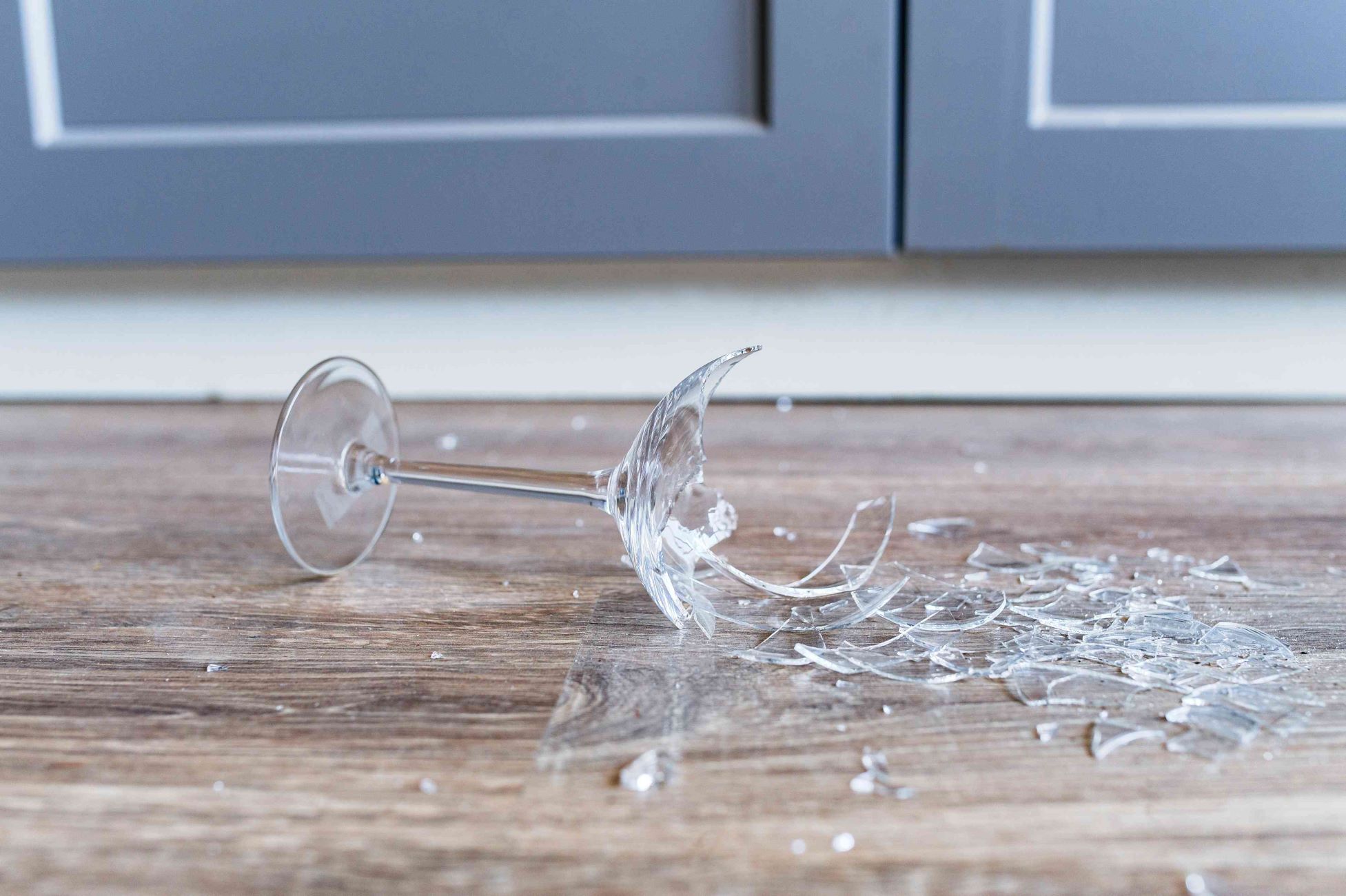
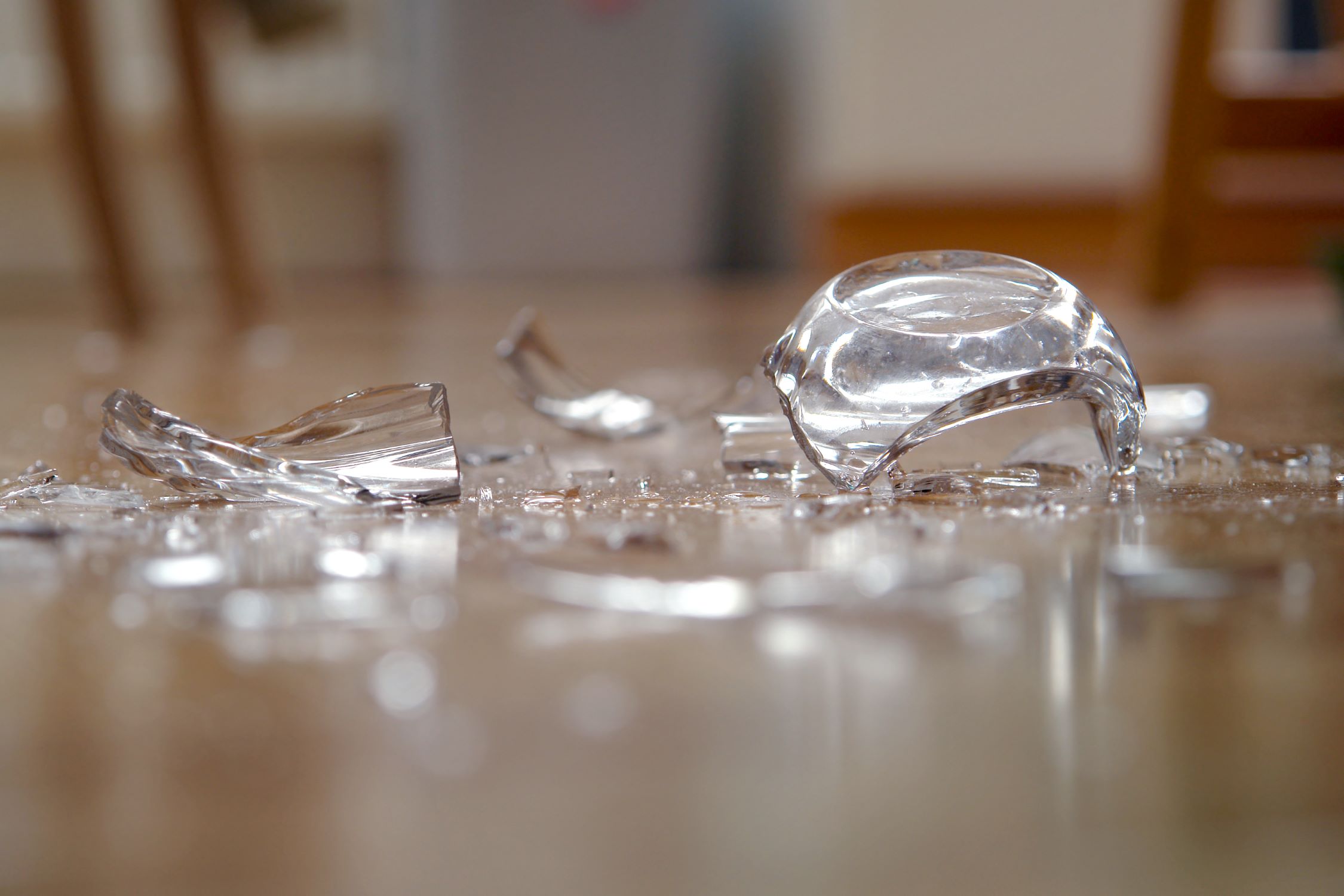
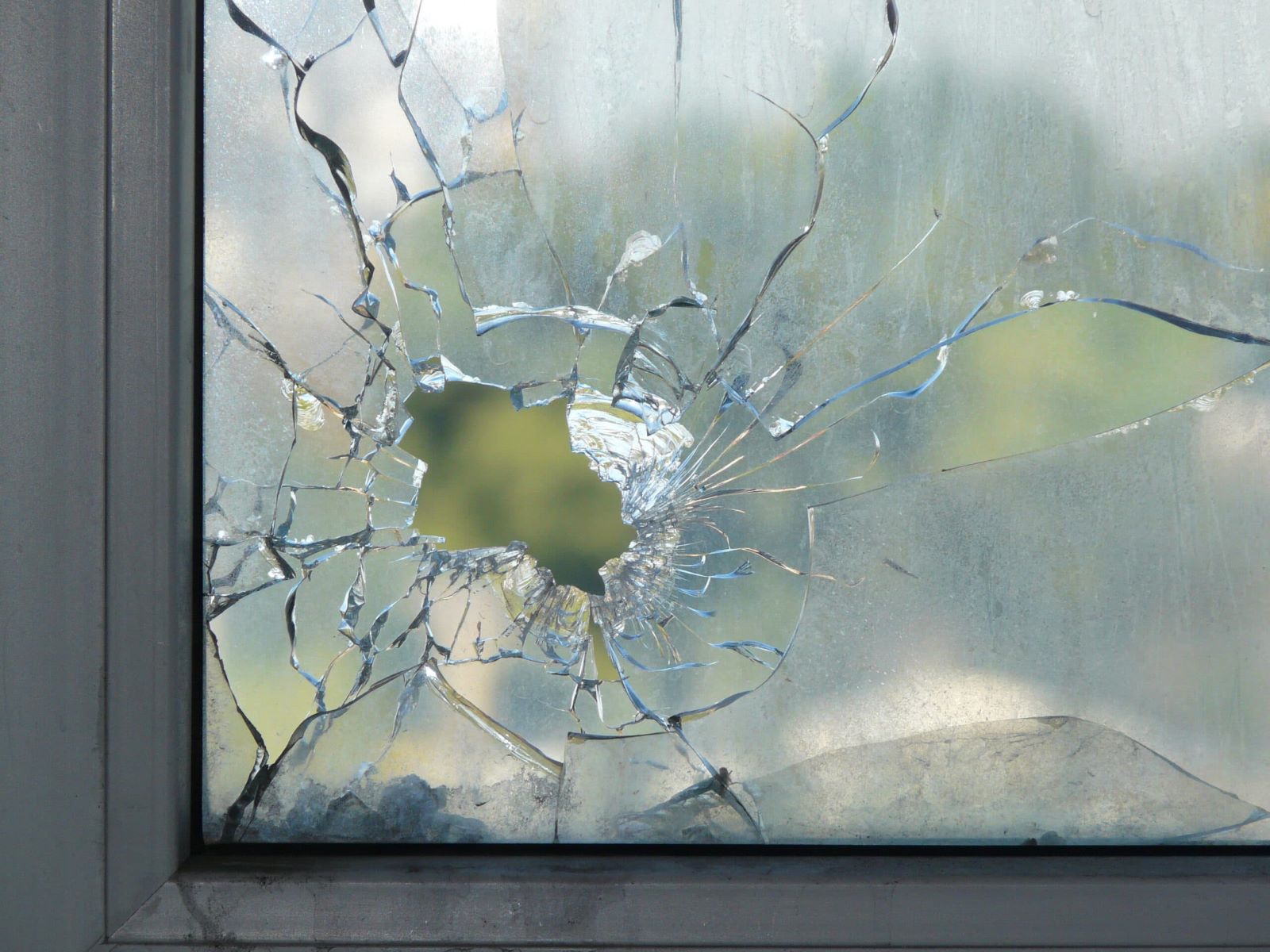
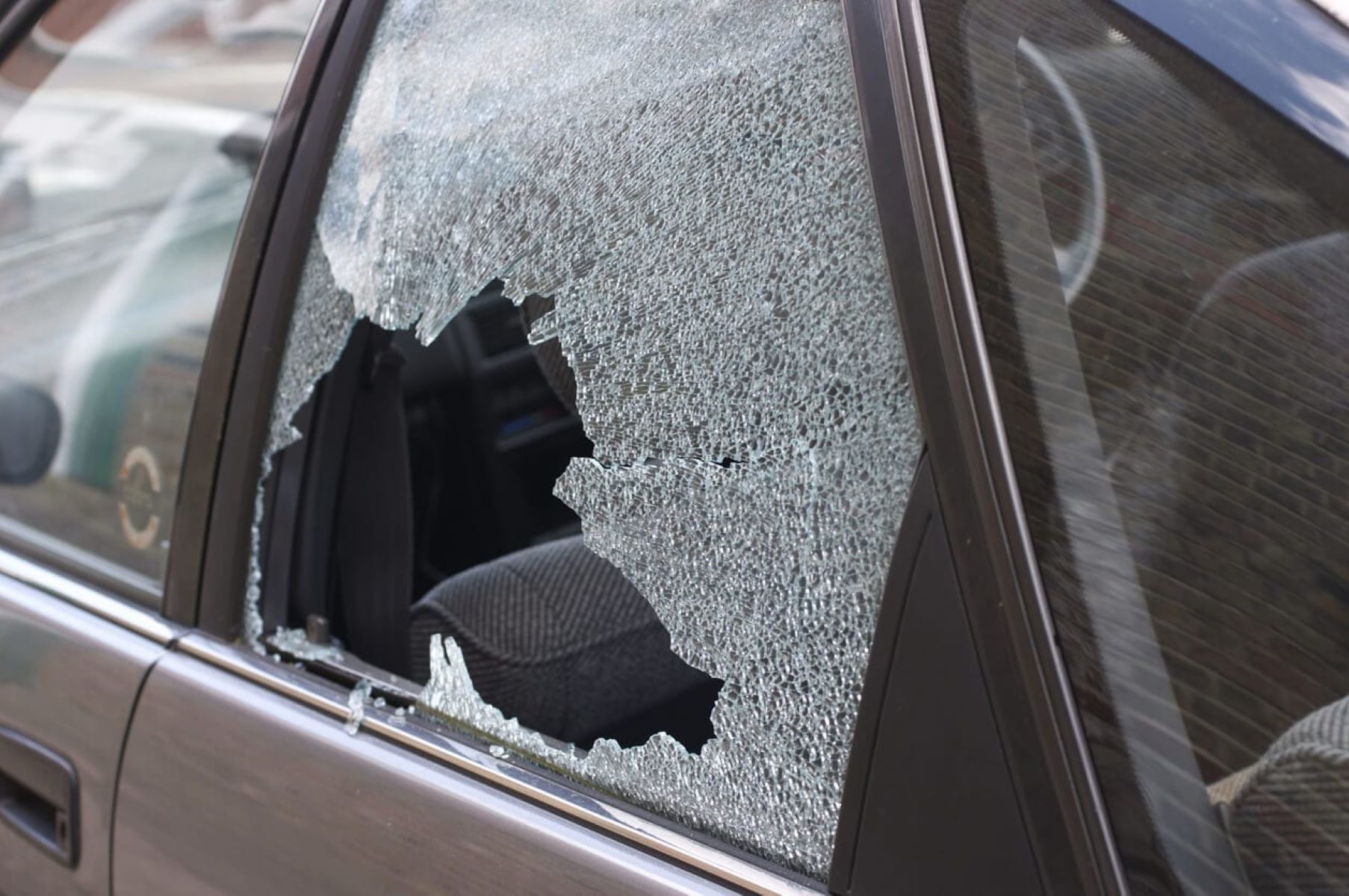
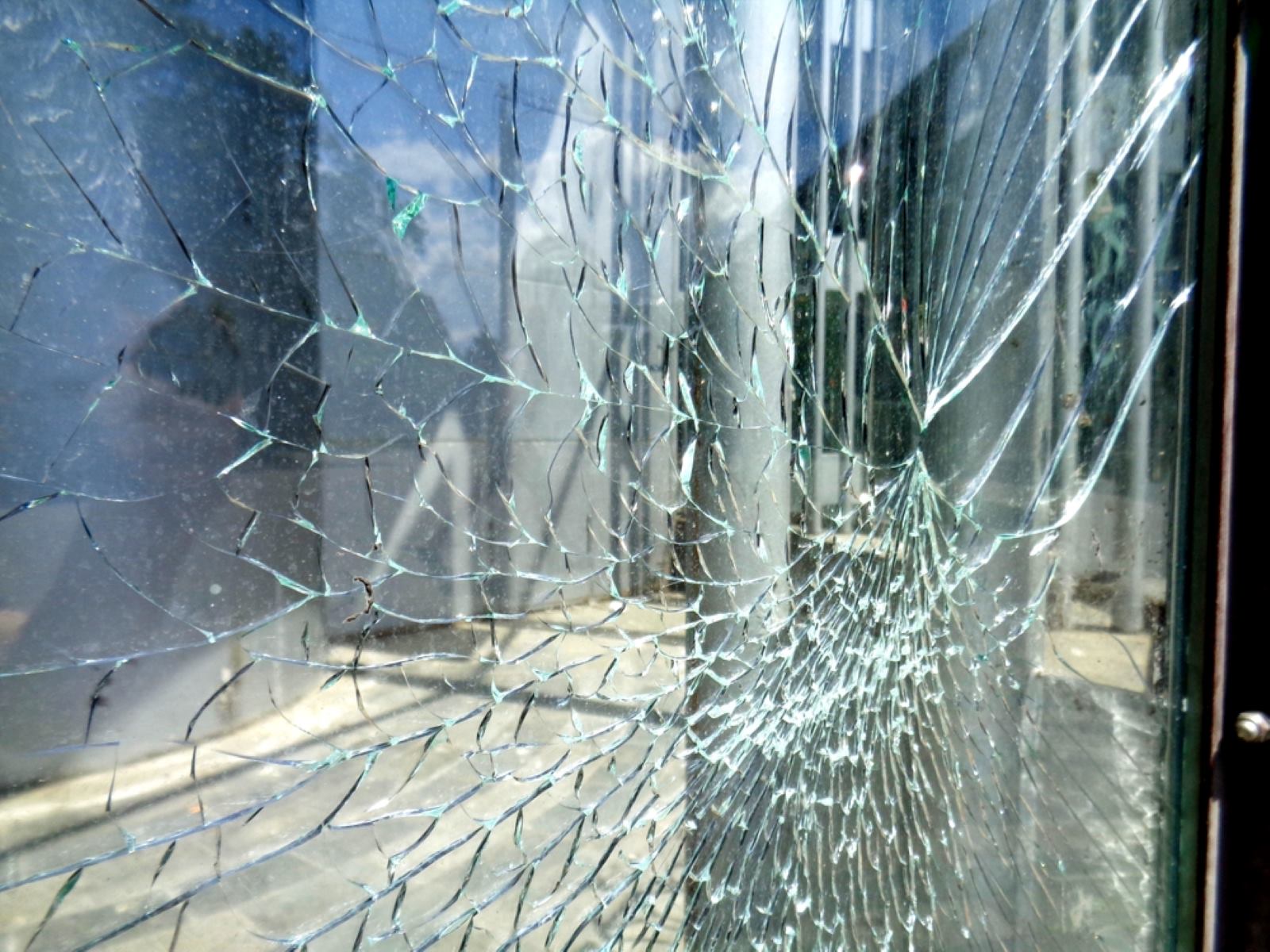
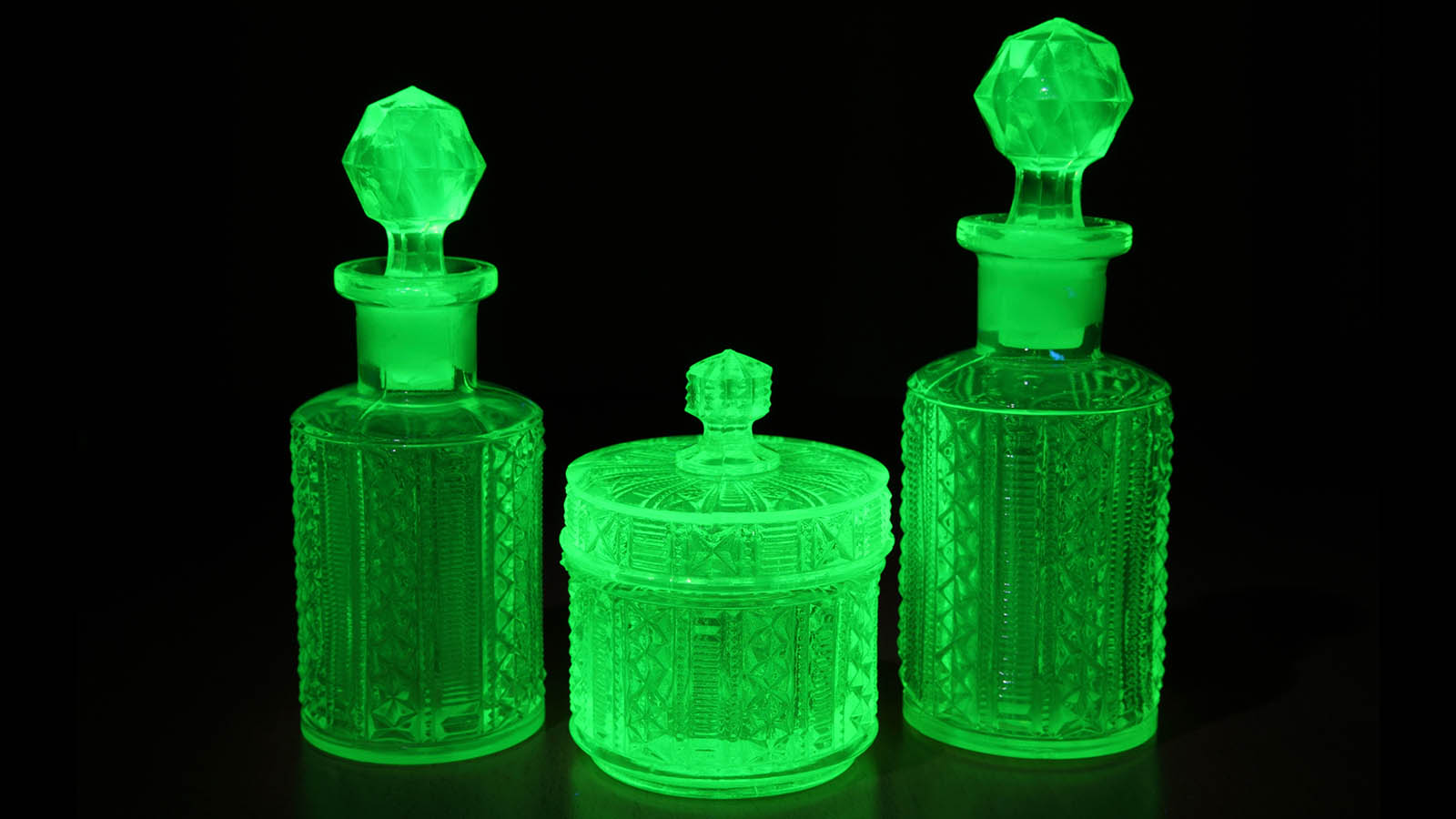
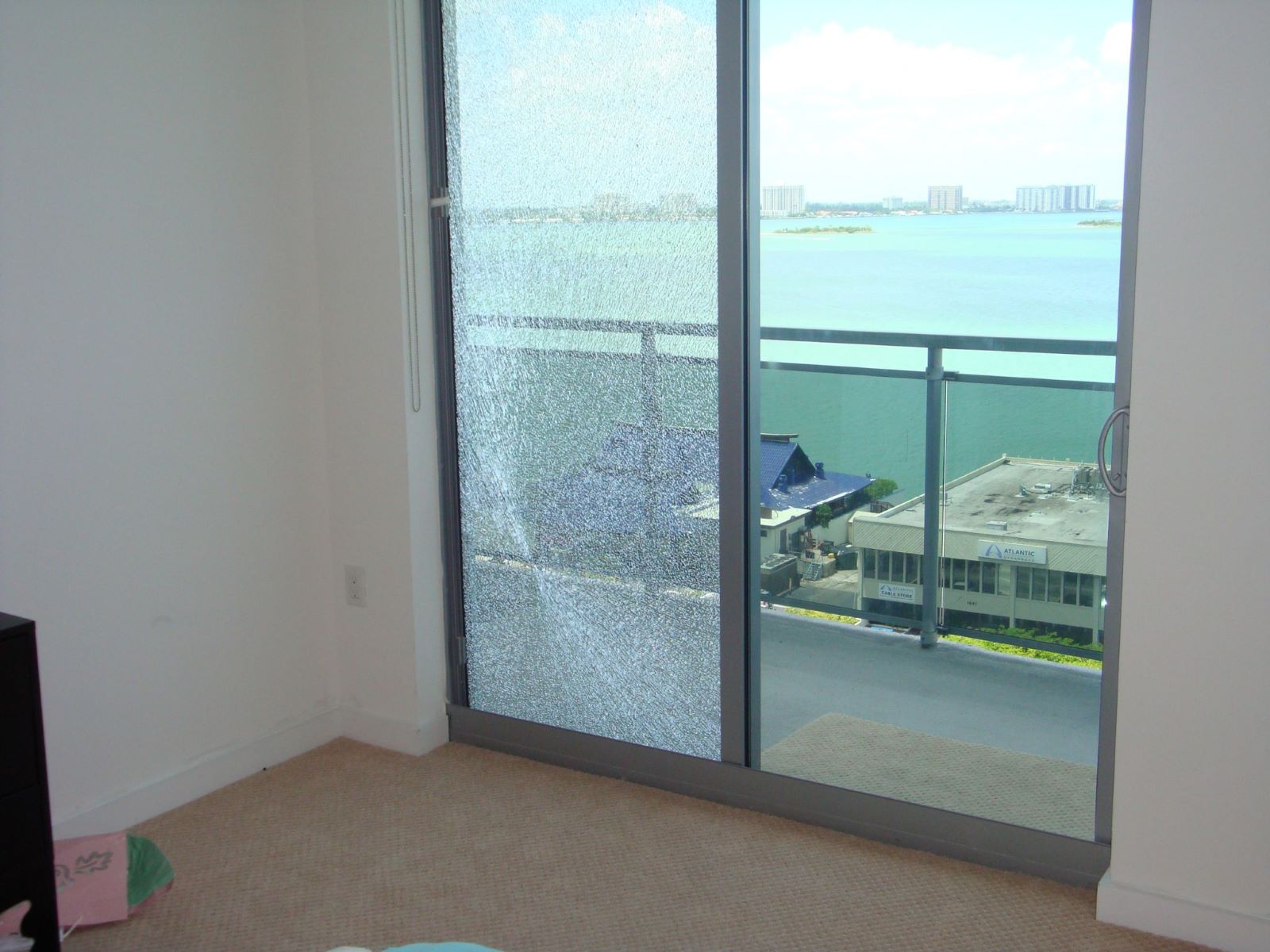
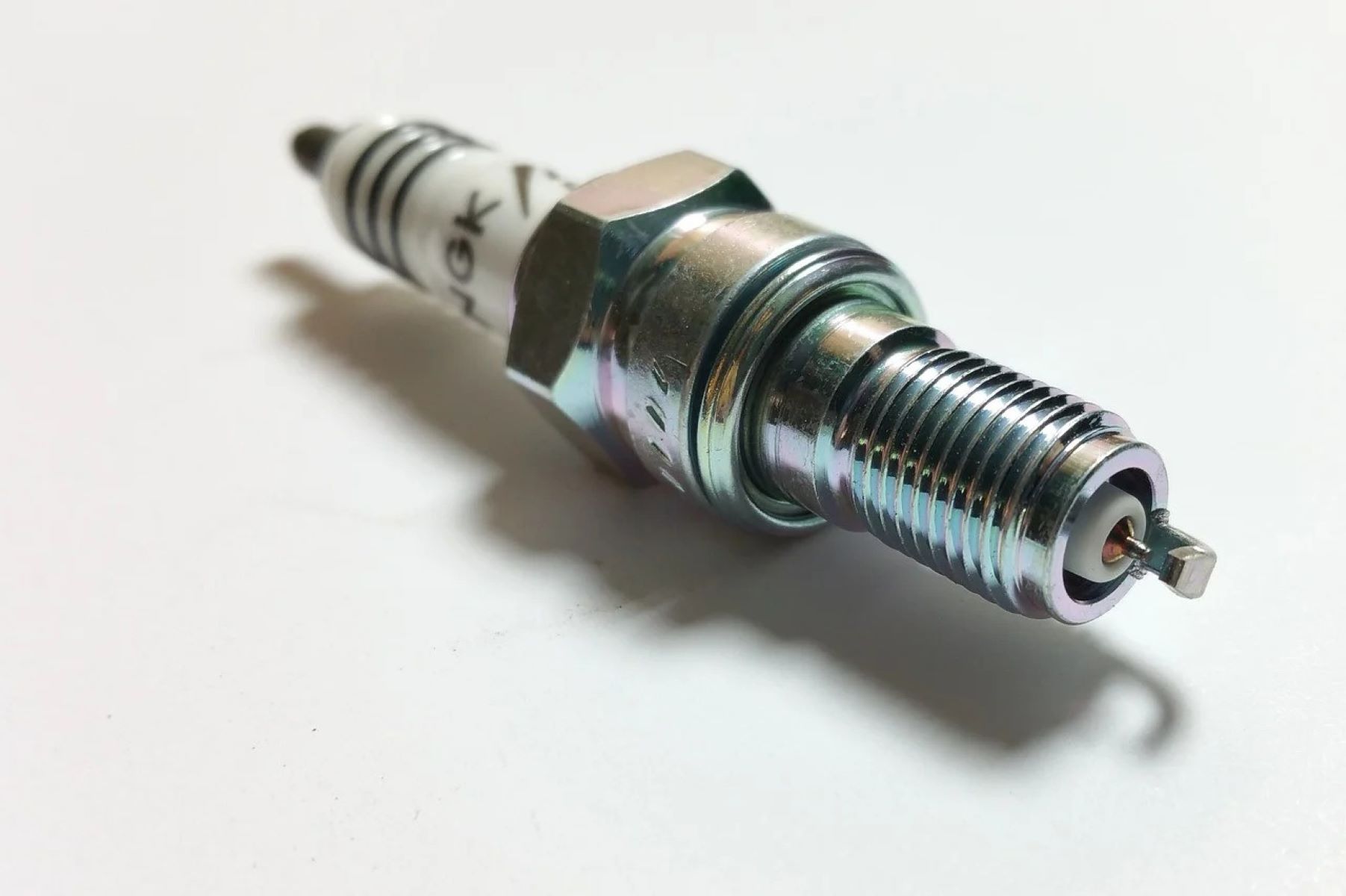


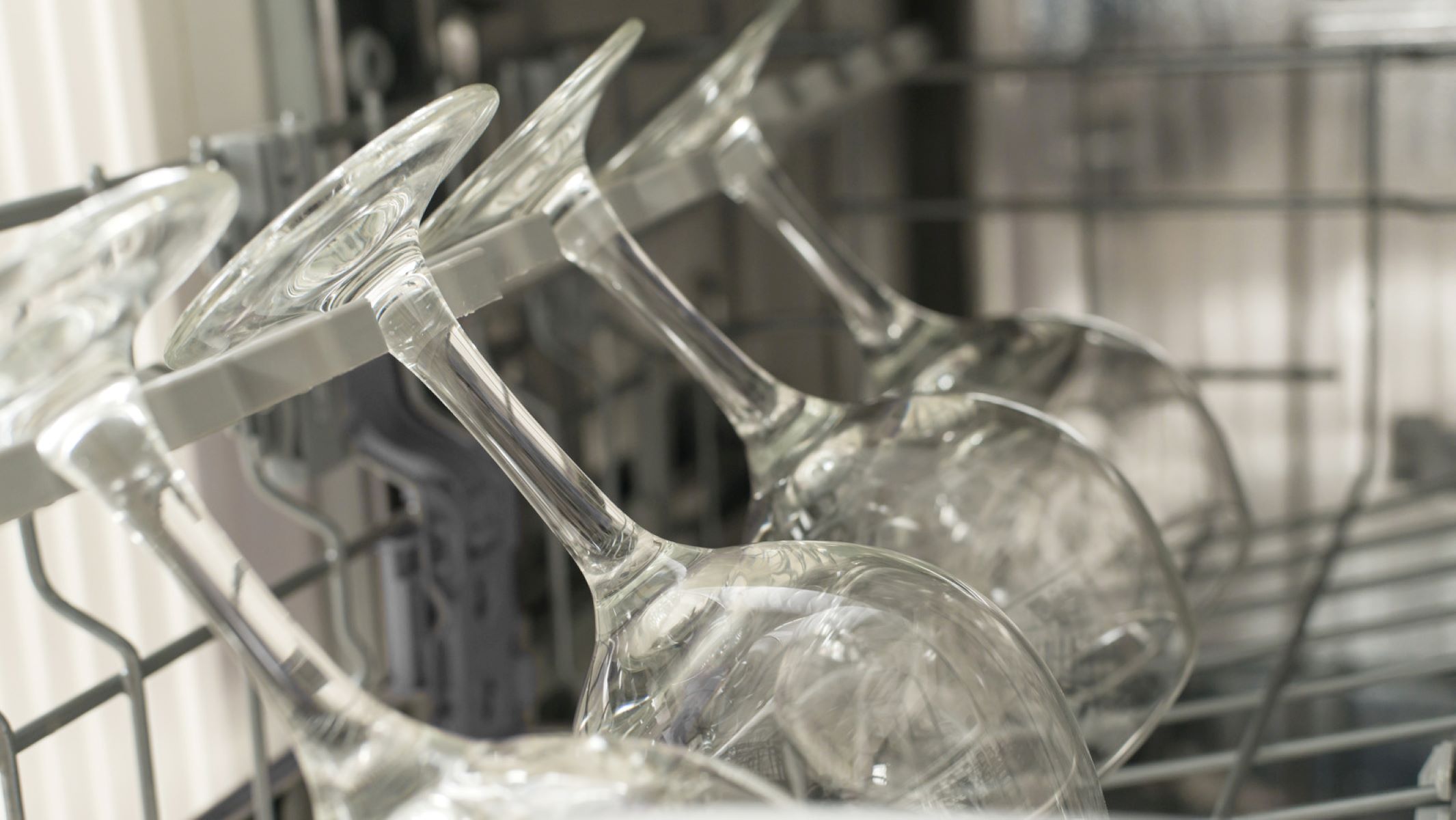
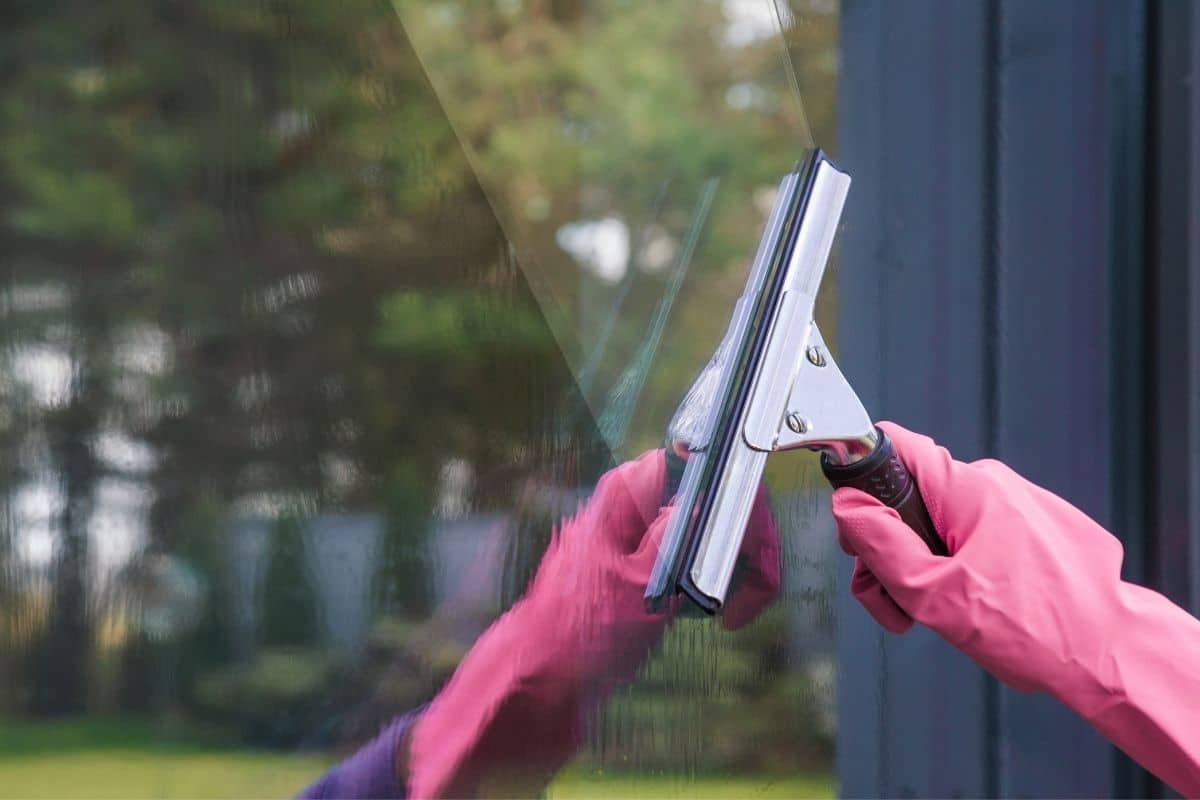
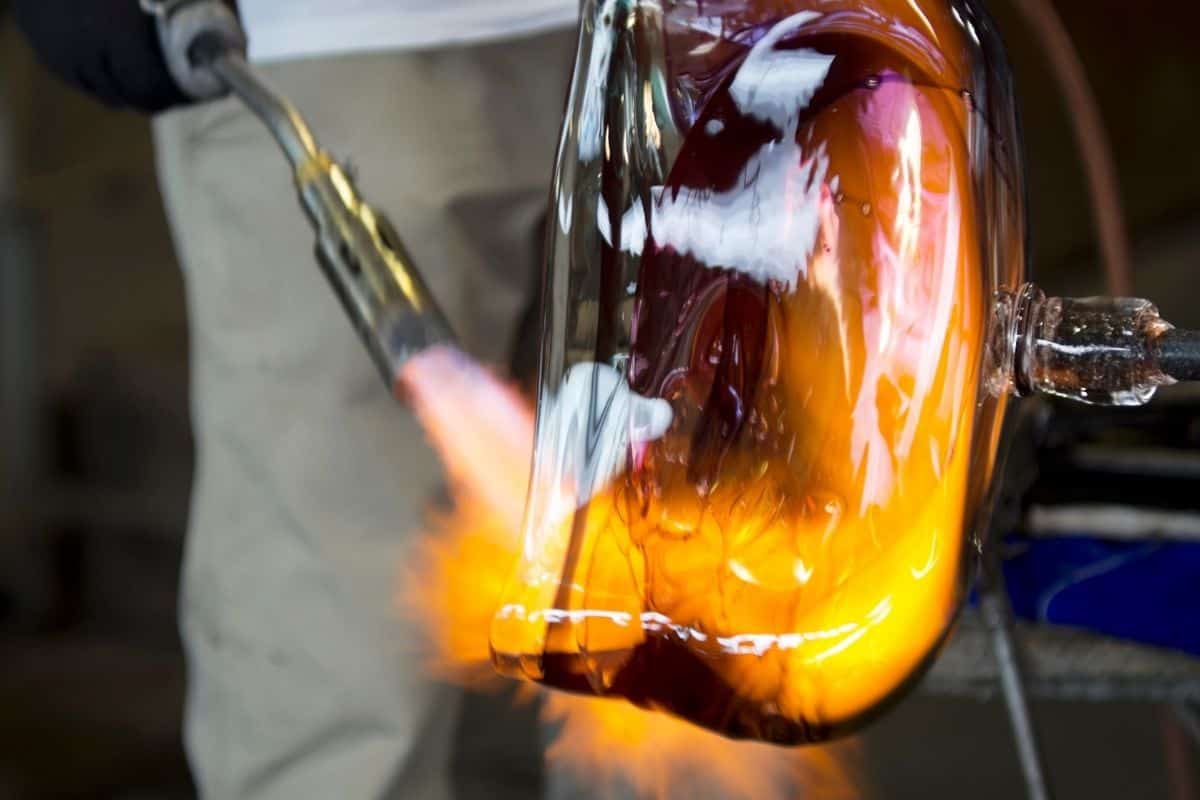

0 thoughts on “Why Does Glass Shatter”